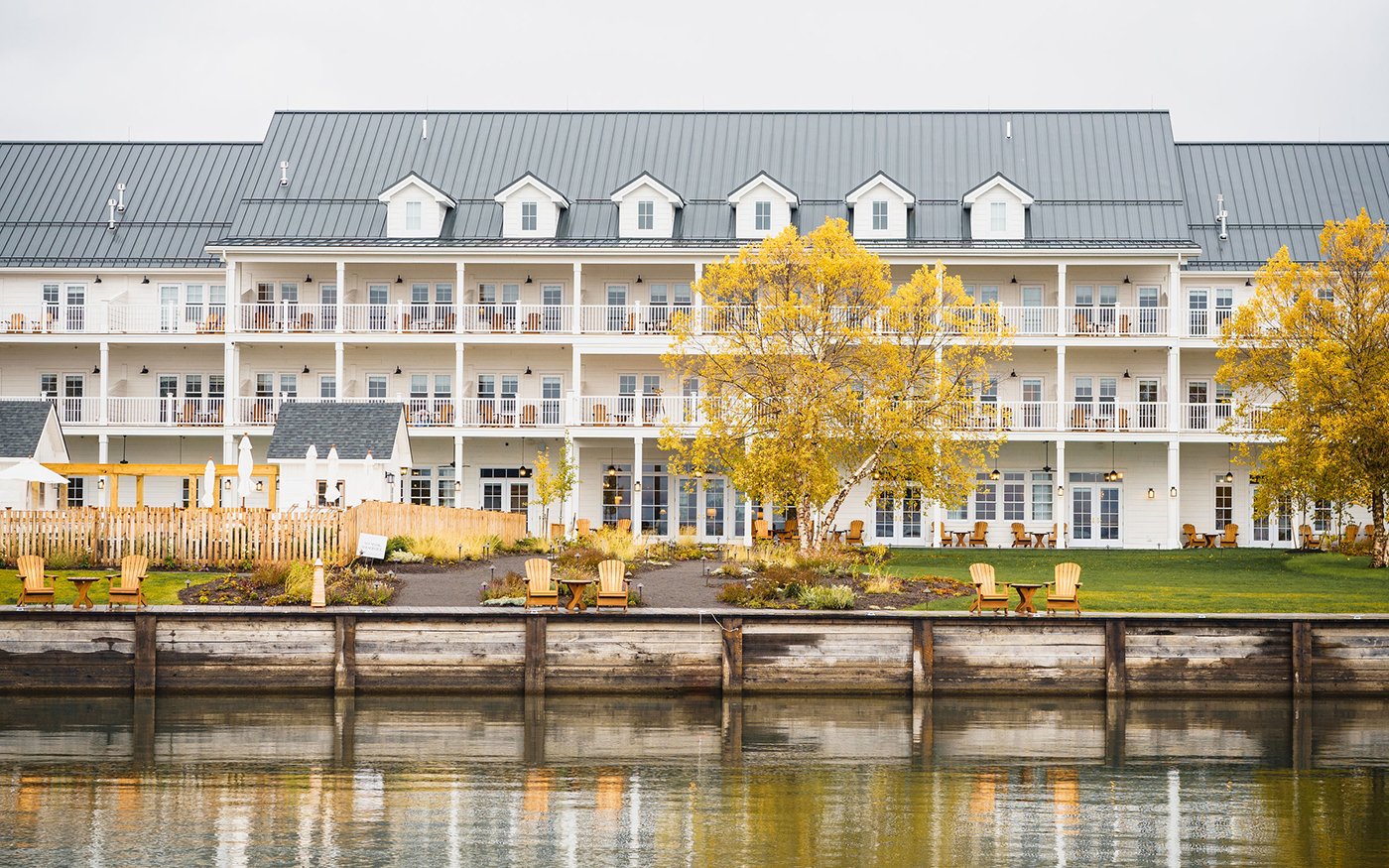Electrifying Buildings: 5 Myths
We love myths about dragons and sea creatures, but when it comes to electrifying buildings and creating clean, healthy homes, there are a few we’d like to put to bed. We’re busting five common myths about electrifying buildings that might convert any reader to a heat pump believer by the end.
MYTH #1: The numbers don’t work - heat pumps are just too expense.
Even if the initial investment is higher than traditional fossil fuel alternatives, the low operation and maintenance costs can still give you a favorable return. For many building projects, getting creative with heat pump technology and constantly evolving incentive programs and financing options make the numbers pencil out.
Many heat pump projects see a payback of less than 10 years, all the while benefiting from up to 65% increase in efficiency over traditional HVAC units (ground source heat pumps). This makes the investment more appealing for those with a longer-term holding strategy. A comprehensive energy assessment from a qualified professional is the best way to understand the costs and benefits for your project. Get started here.
“[Using geothermal] has enabled us to run an extremely efficient operation, with virtually zero down time mechanically, in addition to the labor savings. There is also a sense of pride knowing you are working at a facility that is doing its part to lessen the impact on the environment." - James R. McGinn, Area Director of Operations at The Lake House. (Read the full case study)
MYTH # 2: Natural gas is an environmentally friendly option so we really don’t need heat pumps.
On-site combustion of natural gas (for heating buildings and hot water) is the largest source of greenhouse gas emissions in the City of Rochester.
This is false. Natural gas is just like oil or coal. It’s a fossil fuel that causes harmful greenhouse gas pollution. Though natural gas emits less carbon dioxide than other fossil fuels when burned, natural gas is mostly methane, a highly potent greenhouse gas, which routinely escapes into the atmosphere during extraction and transport processes. Because methane is so potent and widely used, small leaks add up to big problems. Even if we could completely eliminate the leaks, burning natural gas would still produce CO2, a greenhouse gas, which can never be a zero emissions energy source. It’s more accurate to call natural gas “methane,” “fossil gas,” or “fracked gas” instead.
MYTH #3: Geothermal systems need big open spaces, so it’s inconvenient for many buildings.
This is not always true. There are four kinds of geothermal systems - or ground-source heat pumps - each with different space requirements. Vertical systems are typically most appropriate for dense urban areas, because they can be installed in small yards, or under driveways and parking lots. Not all properties are suitable for geothermal, but you shouldn’t rule yours out until you’ve had a qualified professional take a look.
The Factory building - an adaptive reuse loft building and commercial complex - is a local example of how geothermal can be used to help preserve a building’s architectural character. Dutton Properties was committed to keeping the unique sawtooth roofline from the building’s industrial roots when developing this site in Rochester’s historic Neighborhood of the Arts. They were able to avoid adding traditional rooftop mounted A/C units by digging deep for geothermal instead.
“If the system is installed right and designed right, it just works,” explains Jason Kuberka, Project Manager at Christa Construction, in charge of the Henrietta Public Library geothermal project. (Read the full case study)
MYTH #4: Heat pumps won’t work in our region.
Good news, this is not true. In the past, air-source heat pumps couldn’t handle our cold winter weather, but heat pump technologies have improved dramatically. Now there are “cold climate heat pumps” that are specifically designed to work effectively in climates like ours. The one caveat: the efficiency does decrease on very, very cold days. Ground-source heat pumps (i.e., geothermal systems) have always worked well in our region.
MYTH #5: Heat pumps are only realistic for new construction.
Not so! Incentives, tax credits and financing options are available for retrofits that utilize heat pumps. The cost and complexity of electrifying an existing building depends largely on the age and condition of the building. As with new construction, getting a comprehensive energy assessment from a qualified professional is an important first step. More on new build vs. retrofit construction.
Interested in exploring heat pump incentives in New York State?
Check out the full list of NYSERDA programs
Households spending more than 6% of income on energy bills are considered to be “energy burdened.” The median low-income energy burden in Rochester is 9.5%. ACEEE report





